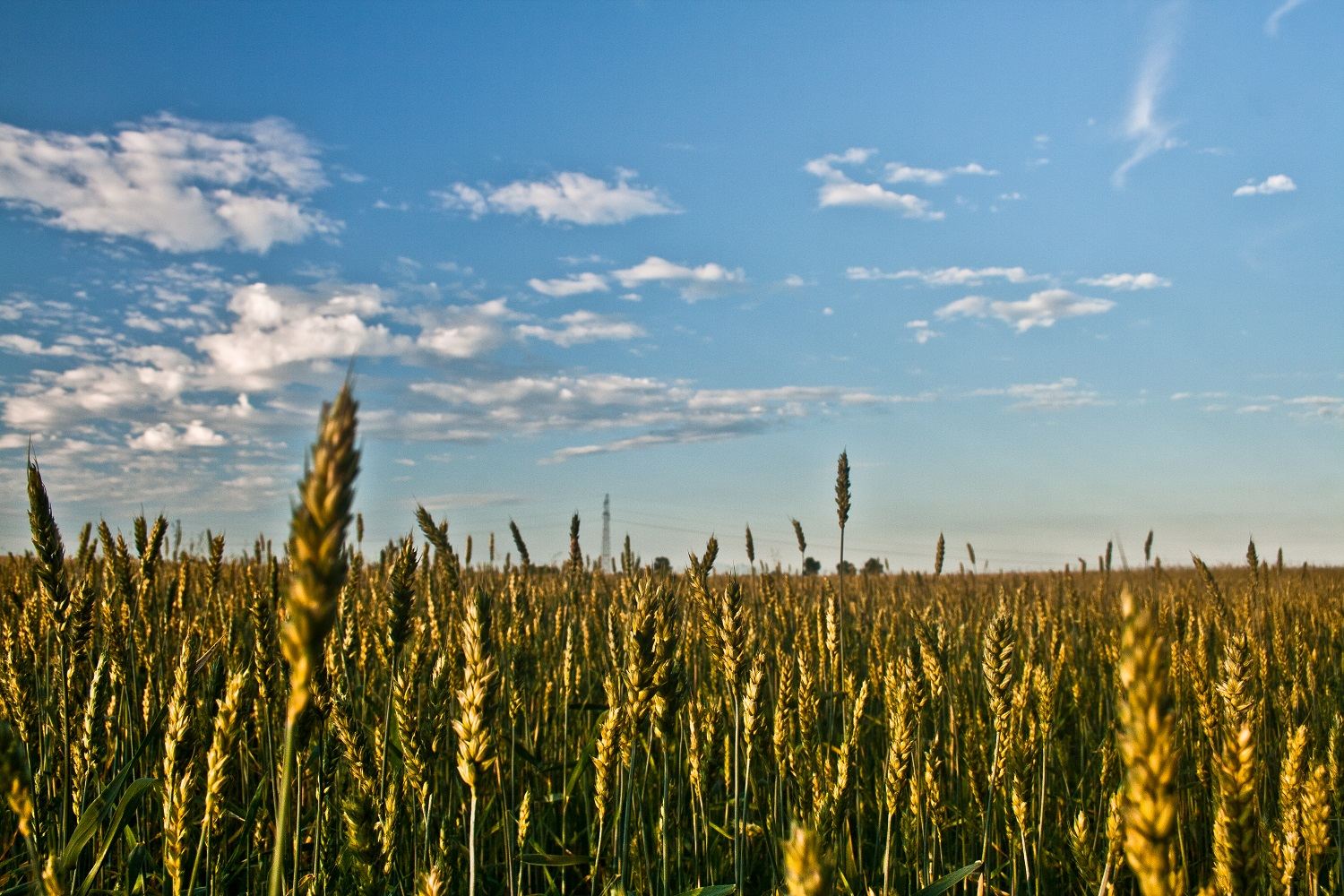Depth Of Field Photography
Depth Of Field Photography - When it comes to photography, one of the most important aspects is depth of field. This term refers to the range of distance in a photograph that is in sharp focus. The depth of field can vary depending on the aperture, focal length, and distance from the subject. Understanding depth of field is crucial for creating stunning images that capture subjects in the best possible light. In this article, we will explore depth of field in photography, and offer tips and ideas for using it to improve your craft.
What is Deep Depth of Field?
Definition and Examples
Deep depth of field refers to a photograph where the entire image is in focus, from the foreground to the background. This is achieved by using a small aperture (high f-stop number) and a wide-angle lens. Deep depth of field is often used in landscapes and architectural photography, where the goal is to capture as much detail as possible. An example of a deep depth of field photograph would be a landscape shot with the entire scene in focus, from the flowers in the foreground to the mountains in the distance.

To achieve a deep depth of field, it is important to use a small aperture. This allows for a larger range of focus, and more detail in the image. A wide-angle lens is also helpful, as it allows for more of the scene to be captured in a single shot. When shooting at a small aperture, it is important to use a tripod or other stabilizing device to avoid camera shake, which can result in blurry images. Additionally, shooting in bright daylight or using a neutral density filter can help avoid overexposure and maintain a correct exposure.
Depth of Field in Photography
Hands-On Guide
Depth of field is a key element in creating visually stunning images. It refers to the range of distance within an image, starting from the foreground and extending into the background, that is in focus. The depth of field can be used creatively to enhance the visual impact of a photo, or to bring attention to a specific subject. For instance, a shallow depth of field can be used to separate the subject from its background, while a deep depth of field can be used to capture an entire scene in detail.

To adjust the depth of field, the photographer must control the aperture, which is the opening in the lens that lets light pass through to the camera's sensor. The wider the aperture, the shallower the depth of field will be. Similarly, the smaller the aperture, the deeper the depth of field. Additionally, the focal length and distance from the subject can also affect the depth of field.
Understanding Depth of Field in Landscape Photography
Apogee Photo
Landscape photography is all about capturing the beauty of the natural world. The key to stunning landscape photography is understanding and mastering the depth of field. When photographing landscapes, you want to capture as much detail as possible, from the flowers in the foreground to the mountains in the distance. To achieve this, it is important to use a deep depth of field, which means using a small aperture (high f-stop number) and a wide-angle lens.

When choosing a lens for landscape photography, you should consider a wide-angle lens, which will allow you to capture a larger area in a single shot. Additionally, using a tripod or other stabilizing device is essential to avoid camera shake, which can result in blurry images. Finally, shooting during the golden hours of sunrise and sunset can add an extra level of beauty to your landscape photos.
Learn About Depth of Field in Photography
MasterClass
MasterClass is a popular online learning platform that offers courses taught by experts in their respective fields. The photography course on MasterClass covers a range of topics, including depth of field in photography. In the course, the instructor demonstrates how to use depth of field to create stunning images that capture the subject in the best possible light.

One of the key takeaways from the course is the importance of experimenting with different apertures and focal lengths to achieve the desired depth of field. Additionally, the instructor emphasizes the need to consider the background and foreground in a photograph, as they can affect the visual impact of the image. Finally, the course also covers techniques for using depth of field to create a sense of depth in a photograph.
How to Get High Depth of Field Star Photos
Photography Life
Achieving high depth of field in star photography can be challenging, but the results can be truly breathtaking. To get a high depth of field in star photos, you'll need to use a small aperture (high f-stop number) and a wide-angle lens. Additionally, using a tripod and a remote shutter release can help avoid camera shake and achieve sharp images.

When shooting star photos, it is important to choose a location with minimal light pollution, as this can affect the quality of the image. Additionally, focusing on infinity and using manual focus can ensure that the stars are sharp in the final image. Finally, shooting during a new moon or a crescent moon can help create a stunning contrast between the stars and the dark sky.
Depth of field is an important aspect of photography that can make or break an image. Whether you're a professional photographer or a hobbyist, understanding depth of field and how to use it creatively is essential for capturing stunning photos. By experimenting with different apertures, focal lengths, and lenses, you can master the art of depth of field and take your photography to the next level.
Find more articles about Depth Of Field Photography
Post a Comment for "Depth Of Field Photography"